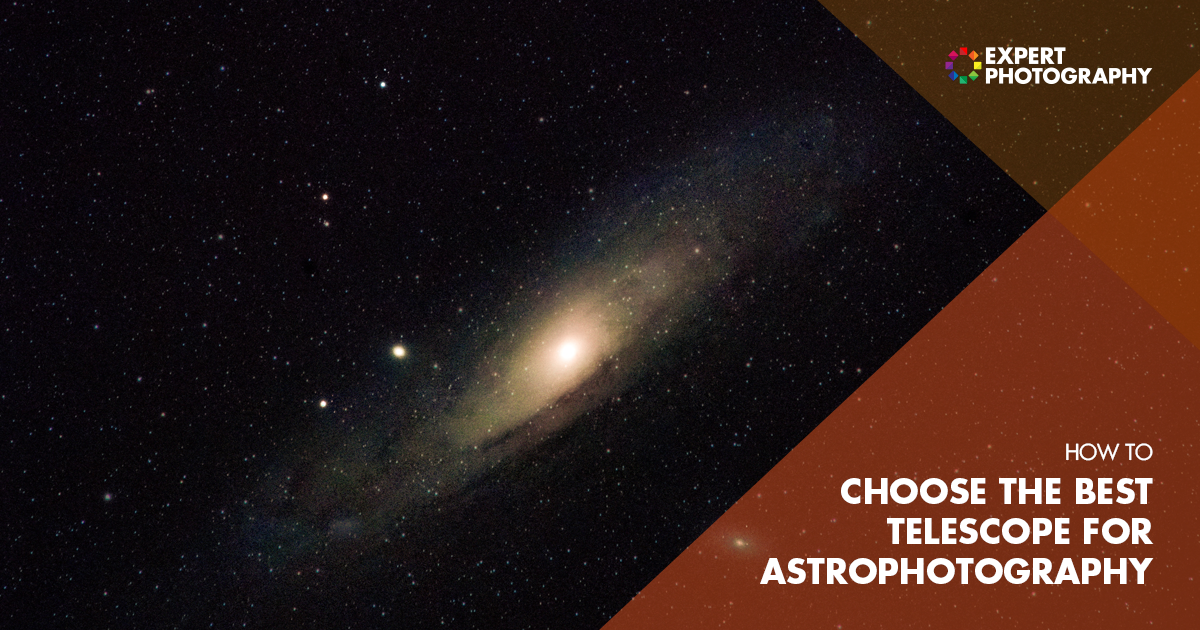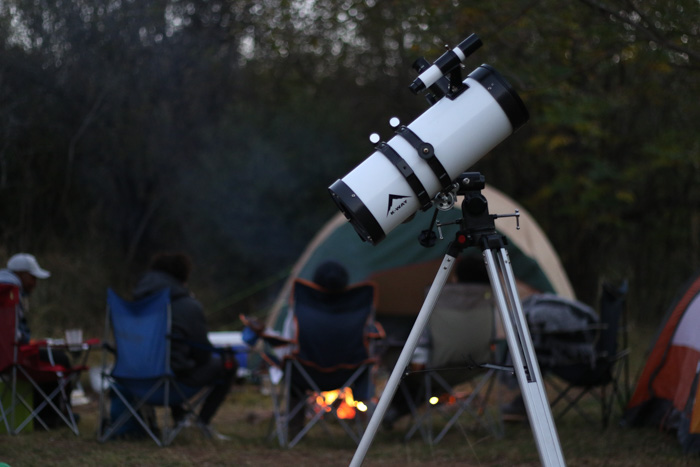

Guiding accuracy depends on a lot of factors, including the weather and seeing conditions on a particular day, the weight of the payload, the degree to which you are able to balance your payload well against your counterweights, how accurate you polar align your mount and probably also the way in which you have setup your guiding software. A quick answer is that we need sub-arc second accuracy in autoguiding for multiple minutes to take beautiful images of smaller galaxies and globular clusters. This is of course a highly debated topic in astrophotography.
Best telescope for astrophotography 2020 pro#
The specs of the Ioptron CEM40, the Celestron CGEMII and the Atlas EQ-G show that those mounts are able to carry up to 18kg/40lbs of payload, whereas the Skywatcher EQ6 pro, the EQ6-r pro and the Atlas II EQ-G can carry up to 20kg/44lbs. Consequently, you would need a mount that can carry a bit more weight as compared to your payload, lets say 15 to 20kg (33-45lbs).Īll mounts meet the payload capacity I just mentioned but there are some minor differences. Although the mount would be able to carry the payload, it becomes difficult for the mount to accurately track objects in the nightsky when under its maximum weight capacity. There is an unwritten rule in astrophotography that you should not push the mount to its maximum payload capacity.

I would argue that an advanced mount has to meet at least four criteria: High payload capacity, accurate tracking capabilities, portability and reliability. Four “Must-haves” I would look for in an advanced equatorial mount I have compared those mounts on four must-haves, and some nice to haves. In this review, we will compare six mounts that have such a higher payload capacity, being the Skywatcher EQ6 pro (NEQ6), the Skywatcher EQ6-r pro, The Celestron CGEMII, the Atlas EQ-G, the Atlas II EQ-G, and the Ioptron CEM40. You would push those beginner level mounts to their limit in terms of what weight they are able to carry, which often leads to inaccurate guiding. Popular beginner level mounts – such as the Celestron Advanced VX, or the Skywatcher HEQ5 – are less suited for those heavier payloads as the maximum payload capacity of such mounts is about 12 kg (25 lbs). Such scopes, along with your guiding gear and camera, will often lead to a payload of about 10 to 15kg (22-35 lbs). In order to capture those objects, astrophotographers usually need a telescope with a long(er) focal length, which enables you to “zoom in” on deep sky targets with a smaller apparent diameter. Some famous examples are the whirlpool galaxy (M51) and Bode’s galaxies (M81, M82). I would define a mount as advanced when it is able to carry heavier payloads (>10kg / >25lbs) and accurately track deep sky objects which have an apparent diameter of about half a degree or less.


 0 kommentar(er)
0 kommentar(er)
